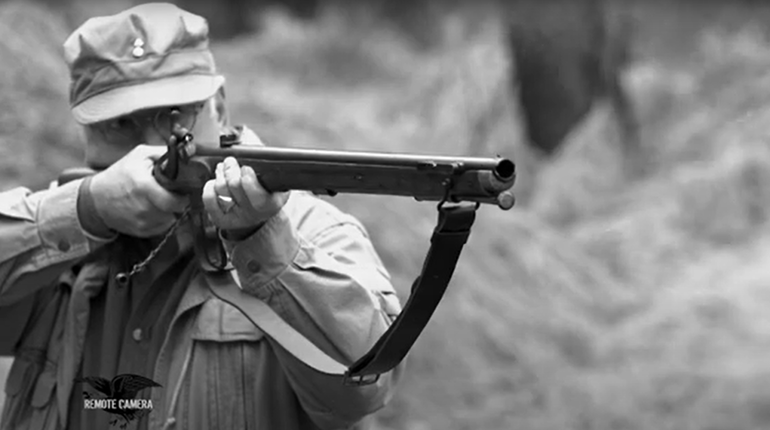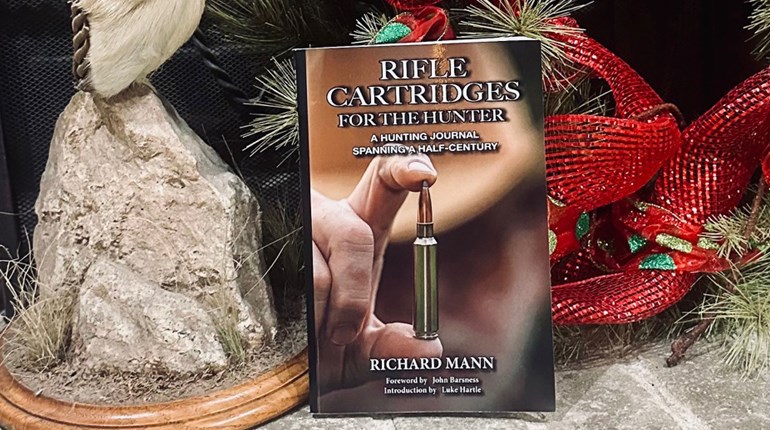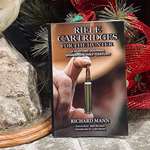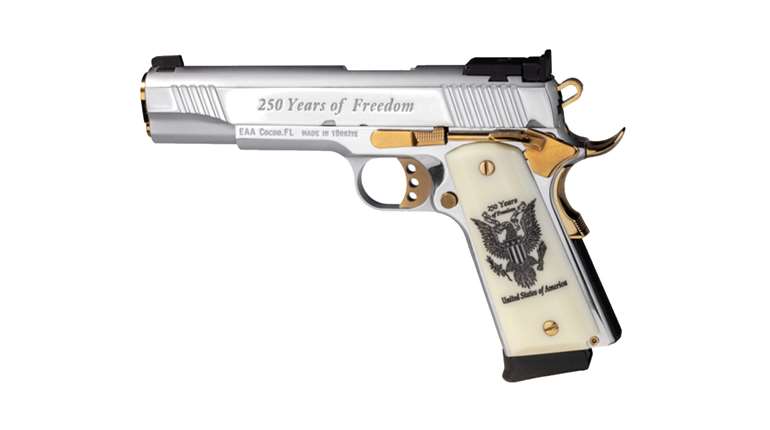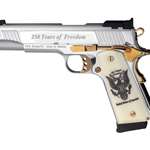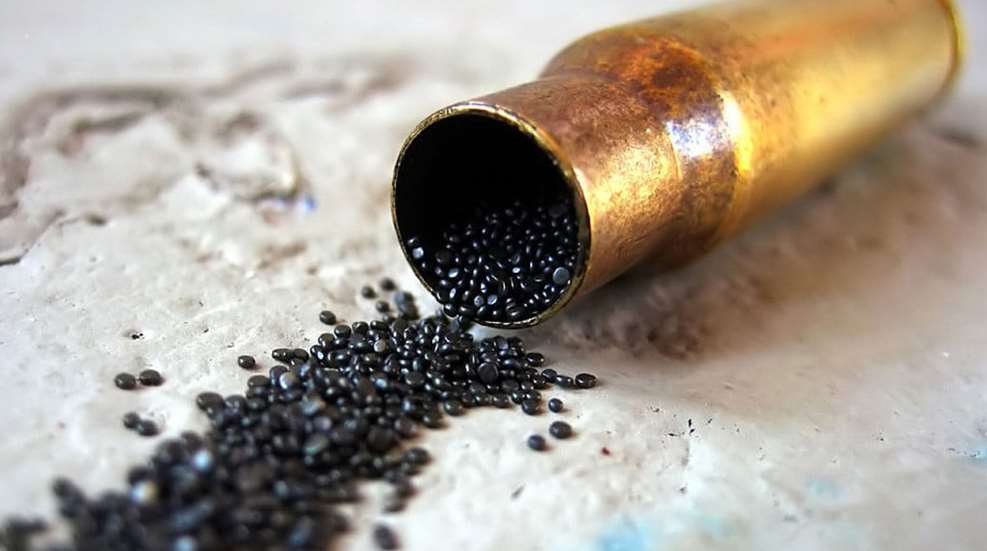
Without gunpowder there would be no guns! Gun powder is one of the “Four Great Inventions” of ancient China: paper, the compass, gunpowder and printing. Gunpowder was invented during the Tang Dynasty in the 9th century and consisted of a mixture of sulfur, carbon (charcoal) and potassium nitrate (saltpeter). This original gunpowder was referred to as black powder. Black powder was the only propellant from around 700 AD to around 1850.

Black Powder
The mixture of sulfur, carbon and potassium nitrate has varied through the years. The modern mixture consists of a ratio of about 10 percent sulfur, 15 percent carbon and 75 percent potassium nitrite. Making gunpowder is not very difficult, but it is not a wise undertaking. Black powder can be very unstable and ignite unexpectedly. The volatile nature of black powder comes from the charcoal in the mixture.
The sulfur in gunpowder is used to lower the temperature to increase the rate of combustion. It also acts as fuel to burn. Sulfur is common in nature and is mined from volcanic soil. It is also a common additive found in garden stores for correcting the alkalinity of soil.

Charcoal is obtained by burning softwoods such as willow, cottonwood, redwood, pine, etc. Hardwoods create too much ash, which interferes with the burning process. The purpose of the carbon or charcoal in the mixture is to add fuel that burns very quickly.
Potassium nitrate, also known as saltpeter, is found naturally in bat guano. Mining bat guano in the 19th century was a big business, supplying most of the potassium nitrate needed for black powder. Today, potassium nitrate is commercially manufactured. Ammonium nitrate can be used in place of potassium nitrate in black powder, but is only used in explosive devices, not cartridges. Potassium nitrate is used to introduce oxygen to the mixture to allow the carbon to burn very hot and very quickly.

Smokeless Powder
Modern firearms shoot smokeless powder. Smokeless powder produces less smoke and less fouling than black powder. Additionally, this compound is less corrosive to the firearm than previous cartridge propellants. The biggest advantage to smokeless powder is the higher pressure that is generated over black powder. This made it possible to create bullets that could be propelled faster, further and with more energy.
The first smokeless powder was developed in 1846 by a German chemist named Christian Friedrich Schonbein. Dr. Schonbein developed nitrocellulose, which was commonly referred to as “guncotton” because it was originally made from cotton. The manufacturing process converted cellulose to nitrocellulose and was marketed as an explosive.
Nitroglycerin was the next breakthrough in the development of modern smokeless powders. It was developed by Italian chemist Ascanio Sobrero in 1847. Nitroglycerin was very unstable and used as an explosive. It was eventually made more stable and gelatinized for nitrocellulose and used as the active ingredient in cartridge propellants such as ballistite and cordite.
The first commercial smokeless powder was developed by French inventor Paul Vieille in 1884. This gun powder was named Poudre Blanche, commonly referred to as Poudre B. It was developed for the French 8 mm Lebel rifle. The creation of Poudre Blanche forced other European countries to develop their own propellants.
Ballistite was the next big development in smokeless powder. It was developed by Alfred Nobel—for whom the Nobel Prize is named—in 1891. Ballistite was created by combining highly explosive nitrocellulose and nitroglycerin. The Italian military adopted the use of Ballistite and replaced all their outdated black powder firearms with this new smokeless powder.

Cordite was Britain’s answer to the smokeless powder race. It was created in 1891 and was used in production of cartridges up until the late 1940s. Cordite was a low explosive with a relatively slow burn rate. The propellant looked like small lengths of spaghetti and had a very distinctive smell.
Modern smokeless powder now comes in various shapes. There are ball, flake and extruded powders. The shape of the powder affects burn rates and energy. Today’s reloader has a choice of different types of powders to achieve their desired goal. Many cartridge manufacturers develop their own powder mixture for use in their products.
Smokeless powder has a language all its own. There is basic terminology regarding smokeless powder that firearm owners should know.
Single Base Powder
Single base smokeless powder is made with one source of propellant. This propellant is nitrocellulose. Early smokeless powders such as guncotton and Poudre B were single base powders.
Double Base Powder
Double base smokeless powder is made with two sources of propellants. These propellants are nitrocellulose and nitroglycerin. Smokeless powders such as Ballistite and Cordite were double base powders.
Triple Base Powder
Triple base smokeless powder is made with three sources of propellants. These use nitrocellulose, nitroglycerin and nitroguanidine. Triple base powder burns with consistent energy at a lower temperature reducing barrel wear. This type of powder also has much less muzzle flash compared to the other powders.
Powder Shape
There are three modern powder shapes: ball, flake and extruded powders. Ball powder is round, cheap to make, and easy to measure out. Ball powder can be manufactured to be a fast burning or slow burning powder. Flake powder is flattened granules. Flake powders are fast burning and used in shotguns and low-pressure handgun and rifle cartridges. Extruded powder is cylindrical shaped sometimes referred to as logs. Extruded powder is slow burning.
Grains of Powder
The term grain is a weight unit of measure for powder charges. There are 437.5 grains in one ounce. Grain does not refer to the number or granules but the weight. For example, the cartridge, .45-70 refers to a .45 caliber bullet with 70 grains of powder.













